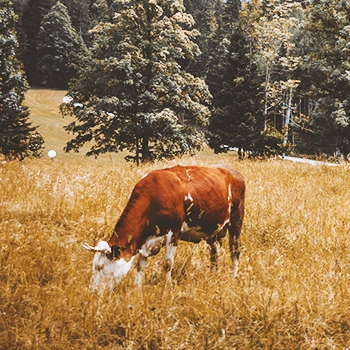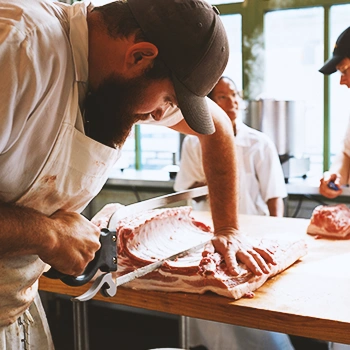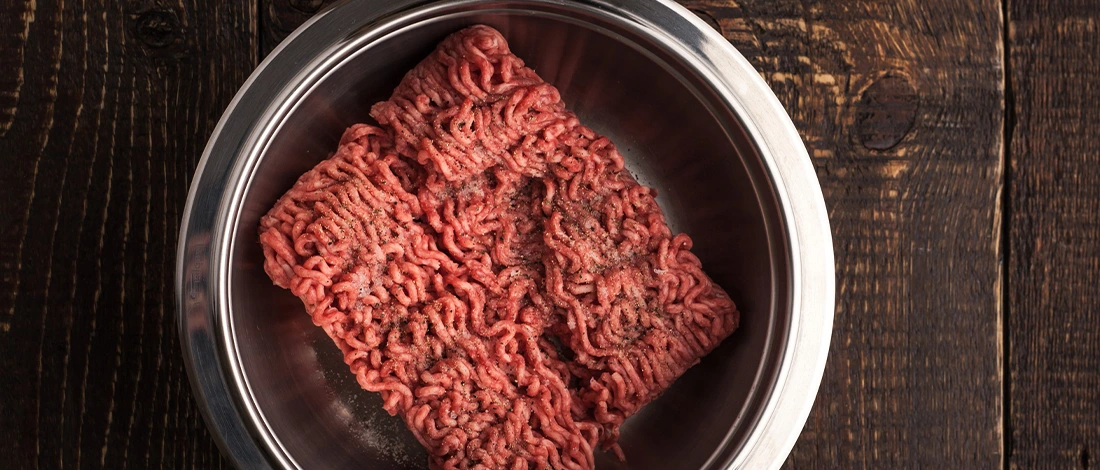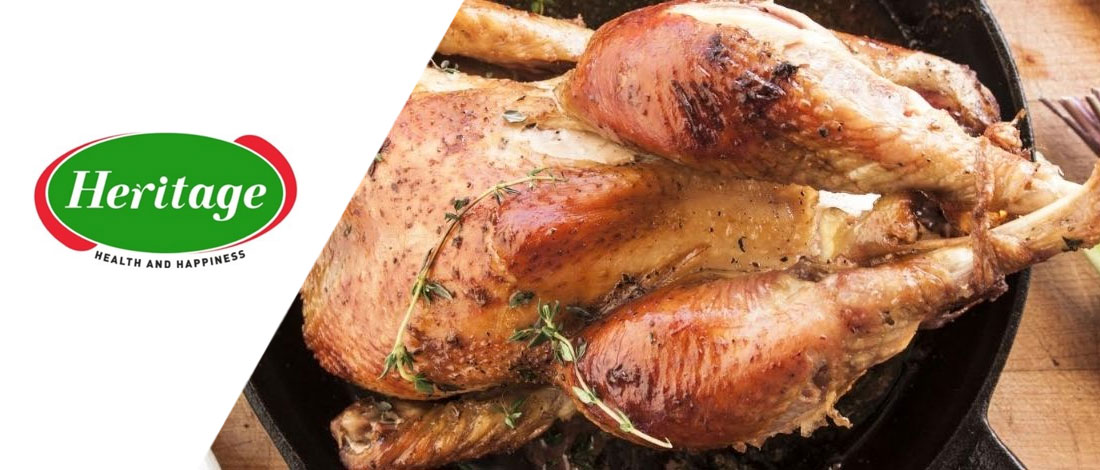When you go to the grocers, you might not think about the grade of beef you are buying other than to notice that one may cost more than another.
As an adherent to the carnivore lifestyle, I want to buy the best quality beef available, so I have studied this subject in depth. Here is a look at the different grades of meat and what they mean.
Quick Summary
- Beef grading is based on five criteria: quality, marbling, quality badges, maturity, and yield.
- Quality grades, such as Prime, Choice, and Select, are determined by marbling and maturity, affecting tenderness, juiciness, and flavor.
- The grading system helps consumers make informed choices and ensures consistent quality of beef products.
The Criteria for Grading Beef
The United States Department of Agriculture (USDA) grades beef sold commercially in the United States.
The rationale behind the beef grading system is to give consumers an idea of the quality of the meat they are buying.
1. Quality

Quality grades are the best-known USDA grading system and are what the purchaser sees on the USDA's "grade shields" when they pick up a package of meat.
They are meant to give the consumer an idea of what they are getting in terms of tenderness, juiciness, and flavor. The higher the USDA beef quality grades, the more expensive the meat will be.
Interestingly, although the USDA requires all beef to be inspected, only a small fraction of it is actually graded. This is because quality grading is a voluntary process that beef packers must pay for.
The USDA composes the eight beef quality grades in two parts: the first is marbling, and the second is maturity.
"The USDA grade shields are highly regarded as symbols of safe, high-quality American beef."
- United States Department of Agriculture
2. Marbling
Marbling is the amount of intramuscular fat interspersed in the meat. The greater the degree of marbling, the higher the USDA quality grade will be.
The steer's marbling is measured between the 12th and 13th ribs [1]. It is evaluated on a spectrum that starts with meat practically devoid of marbling and then moves to trace, slight, small, modest, moderate, slightly abundant, and abundant marbling.
The USDA grader then rates the meat on a marbling score from 0 to 100 points within each category. These marbling scores then help determine the Prime, Choice, Select, and Standard quality grades.
Read More: What Is Marbling in Meat?
3. Maturity

The second part of the quality grade is carcass maturity. We can define maturity as the age of the animal from which the meat was derived.
The longer an animal matures, the tougher its meat will be. For this reason, young cattle will have a higher quality grade than ones with higher physiological maturity.
USDA inspectors use the animal's bones, cartilages, and ribeye muscle to determine the animal's skeletal maturity group and estimated age.
They stratify the age determination into five categories: A, B, C, D, and E. They then combine these with the marbling to arrive at a final quality grade.
4. Quality Badges
They give the result of grading beef in the form of quality badges. These are the stamps that you see on meat packages that tell you what grade the meat is.
The top three high-quality beef grades, in descending order, are Prime, Choice, and Select.
The USDA also has five additional categories that are used to describe meat that does not meet the higher quality standards. These are Standard, Commercial, Utility, Cutter, and Canner.
The following is a more detailed description of each quality grade:
- Prime: USDA Prime beef is the highest quality grade given to beef in the United States. It has abundant marbling and is derived from young, tender, well-fed beef cattle. They only give the Prime beef grade to about 2-3% of all cattle slaughtered.
- Choice: USDA Choice graded beef is also high-quality meat, but it has less marbling than Prime. Choice beef has tender cuts that are juicy and flavorful. Approximately 50-60% of all cattle graded are given the USDA Choice beef badge.
- Select: USDA Select grade beef is lower in quality than Prime and Choice because it has far less marbling. It is still a fairly tender grade but is not as tender, juicy, or flavorful as the higher grades. Approximately 25% of all cattle slaughtered are Select beef.
- Standard and Commercial Grades: They offer these grades to carcasses with insufficient marbling to meet the Choice or Select beef grade requirements. Additionally, these animals are often sold as store-brand meat, ground beef, or ungraded beef.
- Utility, Cutter, and Canner Grades: These are the three lowest quality beef grades. They use these lowest grade meats in hot dogs, canned soups, processed meat products, dog food, or jerky.
Related Articles:
5. Yield

The USDA yield grades are less well known than beef quality grading. Yield grades refer to the amount of usable lean meat that can be harvested from the carcass.
This USDA grading is determined by the amount of fat on the carcass and the weight of the cut-able muscle.
Yield grading beef carcasses is done by looking at external fat thickness, the amount of fat opposite the ribeye, the percentage of kidney, pelvic, and heart fat, and the hot carcass weight.
These measurements predict the percent of boneless, closely trimmed retail cuts (% BCTRC) in beef carcasses, which is used to create a USDA yield grade as follows:
- Yield grade 1
- Yield grade 2
- Yield grade 3
- Yield grade 4
- Yield grade 5
Within the five yield grades, USDA yield grade 1 has the highest % BCTRC, and grade 5 has the lowest [2].
It is relevant to note that although higher yield grades show there is more meat on the carcass, it does not necessarily mean that any particular beef cut will be of higher eating quality.
FAQs
What Does AAA Grade Beef Mean?
AAA grade beef means it comes from a Canadian meat grading system that is similar to the USDA quality grades. The top four grades are Prime, AAA, AA, and A, in order of descending quality.
Where Does Black Angus Beef Come From?
Black Angus beef comes from a breed of cattle known for its marbling and tenderness. However, the quality of the meat is not necessarily any different than regular USDA beef - it can still have any of the quality grades mentioned above.
What Is Wagyu Beef?
Wagyu beef is a variety of cattle that are native to Japan.
What Is Kobe Beef?
Kobe beef is a type of Wagyu beef that has been raised in a specific region of Japan according to strict guidelines. Kobe beef is considered to be the highest quality Wagyu beef.
Why Is Grass-Fed Beef Considered Healthier Than Grain-Fed Beef?
Grass-fed beef is considered healthier because it is lower in fat and higher in omega-3 fatty acids.
What Is the Best Way to Tell if Beef Is Fresh?
The best way to tell if beef is fresh is to look at the color. Fresh meat should have a bright red color. If it is starting to turn brown, it is beginning to spoil.
How Long Does Raw Beef Last in the Fridge?
Raw beef will last in the fridge for 3-5 days.
How Long Does Raw Beef Last in the Freezer?
Raw beef will last in the freezer for 6-12 months.
References:
- https://www.beefmagazine.com/beef-quality/beef-quality-grades-explained
- https://meat.tamu.edu/beefgrading/








This article is super helpful for understanding the differences between prime, choice, and select beef. Knowing what to look for in marbling and maturity makes a big difference.